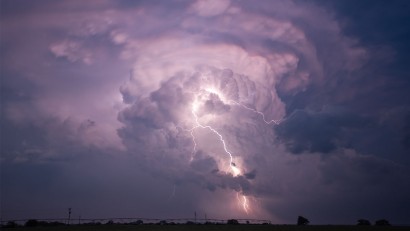- 1. Acadia National Park
- 1.1. About the park
- 2. Biscayne National Park
- 2.1. About the park
- 3. Cape Cod National Seashore
- 3.1. About the park
- 4. Congaree National Park
- 4.1. About the park
- 5. Cuyahoga Valley National Park
- 5.1. About the park
- 6. Great Smoky Mountains National Park
- 6.1. About the park
- 7. Hot Springs National Park
- 7.1. About the park
- 8. 8. Isle Royale National Park
- 8.1. About the park
- 9. Mammoth Caves National Park
- 9.1. About the park
- 10. Shenandoah National Park
- 10.1. About the park
- 11. Travel Safely in Style
- 12.
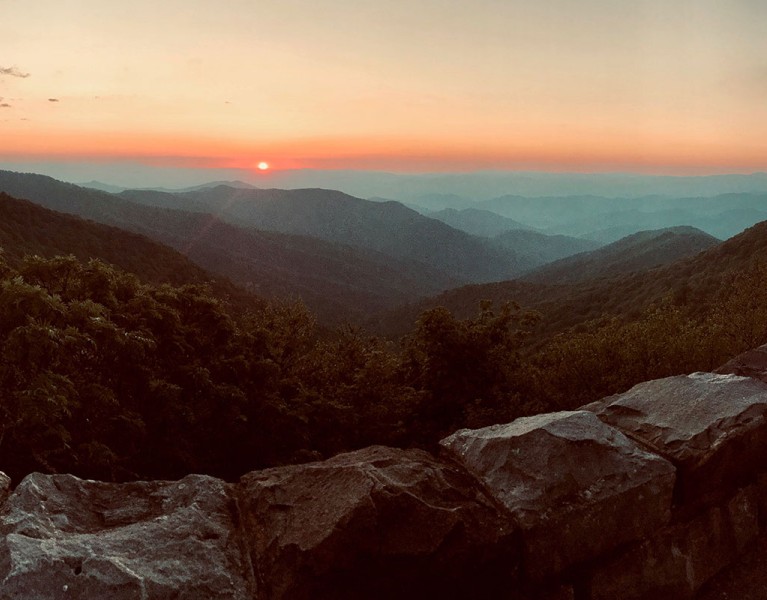
Ten Remarkable National Parks on the East Coast
Table of Contents [Show]
The East Coast is rich with beauty and history, but its national parks seem to be overshadowed by world-renowned sights in Western parks, like Yosemite and the Grand Canyon. With fewer crowds than their counterparts, the sights on the East Coast can be equally jaw-dropping Here, we’ve highlighted East Coast National Parks.
1. Acadia National Park
Location: Eastern Maine
Known for:
- Cadillac Mountain, the highest point on the eastern seaboard - the first location in the nation to see sunlight each day
- Old-fashioned horse-drawn carriage trails that are off-limits to cars
- Rugged cliffs, tide pools, and charming forests
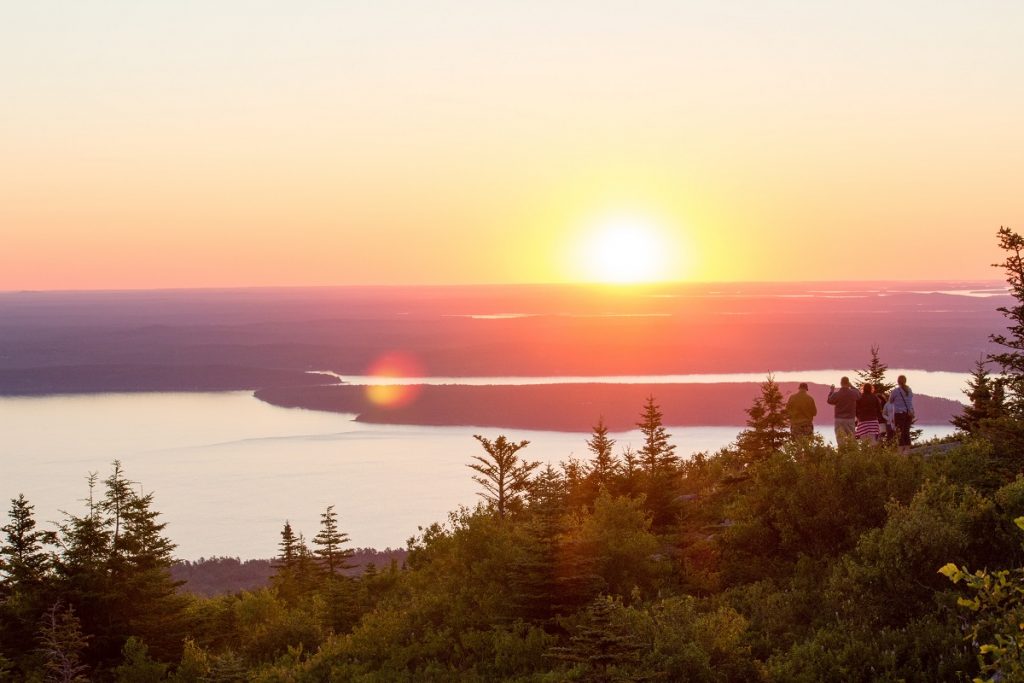
About the park
The majority of this coastal park’s 49,000 acres lie on Mount Desert Island, which features lush woods behind granite cliffs that overlook the wild Atlantic ocean. Established in 1916, Acadia National Park was the first recognized national park east of the Mississippi and was named after early French settlers who had once inhabited the area. Sounds intriguing? Have a look at the ten best hikes in Acadia National Park. Additionally, make sure to check out our guide on the top Acadia National Park things to do.
While you’re there, make sure to visit Cadillac Mountain, one of the first places in the country to see sunlight each morning. You can hike a moderate four-mile trail, or drive to the summit. Just make sure you get there early because the parking lot fills up! And while you're at it, check out our Acadia National Park camping guide for more ideas where to stay during your visit.
2. Biscayne National Park
Location: Homestead, Florida
Known for:
- Crystal clear blue waters that cover 95% of the park
- Extensive coral reefs with thriving subtropical vegetation and marine life
- Historic shipwrecks
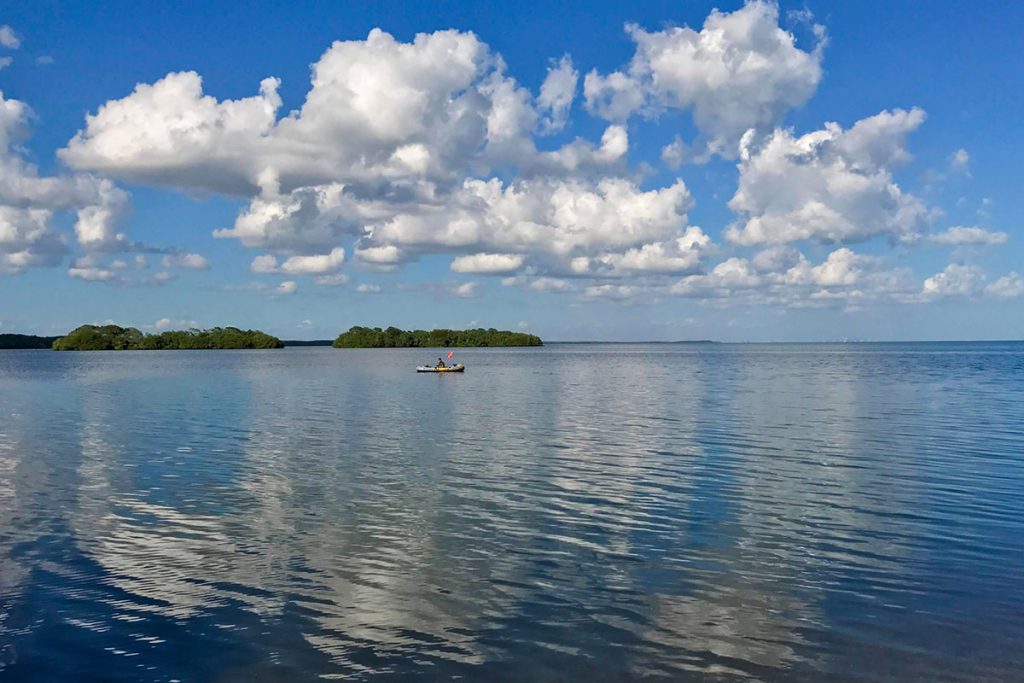
About the park
Only an hour away from the concrete jungle of Miami, you’ll find 33 emerald islands surrounded by a water wonderland. Biscayne National Park is almost entirely underwater, so bring your bathing suit.
Take advantage of the otherworldly snorkeling and boating opportunities. Paddle along the park’s Maritime Heritage Trail and discover a vibrant, underwater ecosystem full of mangroves, sea turtles, dolphins, manatees, and six shipwrecks. The park's most popular island is Boca Chita Key, where you can visit the 75-year-old lighthouse and Stiltsville, a row of small shacks built above stanchions in the water.
3. Cape Cod National Seashore
Location: Barnstable County, Massachusetts
Known for:
- 40 miles of pristine beaches
- Famous lighthouses
- Underwater sand dunes
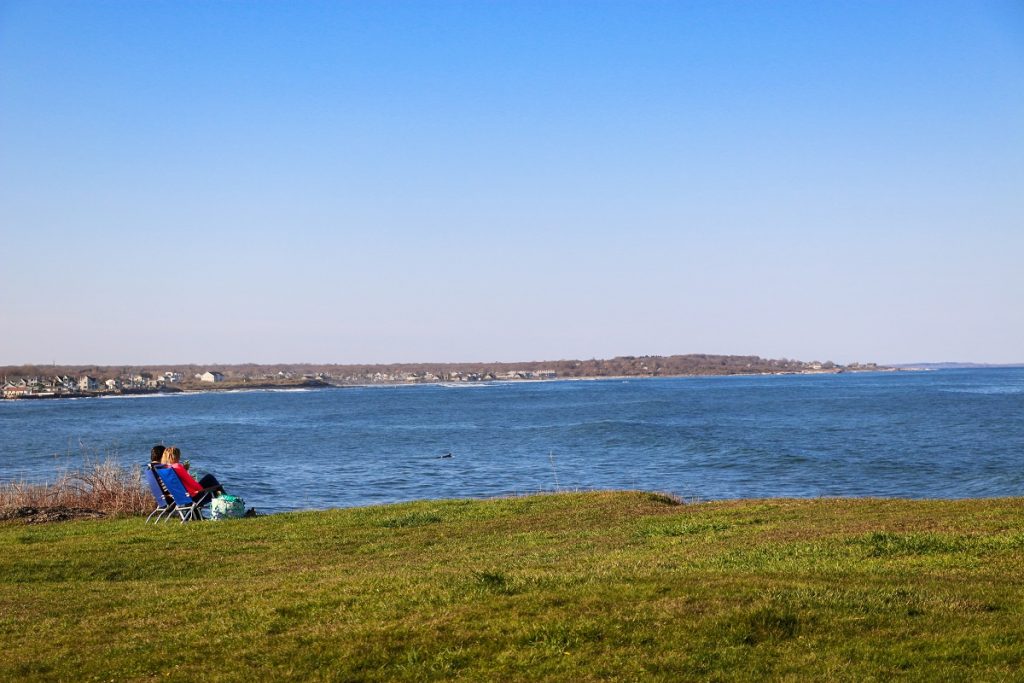
About the park
Technically not a national park, this stretch of sandy seashore is protected by the U.S. National Park Service, as directed by the late President John F. Kennedy in 1961.
Notorious sandbanks along the outskirts of the peninsula caused thousands of shipwrecks in the 1800s, resulting in nearly two dozen lighthouses. Built in 1857, Highland Light is the oldest and tallest, and it's still in operation today.
In addition to the relaxing shoreline, Cape Cod National Seashore boasts 43,607 acres of fresh-water ponds, woodlands, marshes, sandy dunes, and even half of the nautical town of Wellfleet.
4. Congaree National Park
Location: Hopkins, South Carolina
Known for:
- Oldest and largest individual trees of its species in the country
- Abundance of fireflies
- Bioluminescent fungi

About the park
Due to the area’s long growing season, moisture, and nutrients from the Congaree River, this park is home to the oldest and largest “champion” trees in the country. You'll find many of the largest individual trees of its species, including several cypress trees that are more than 500 years old. For this reason, Congaree National Park is protected internationally as a UNESCO-designated Biosphere Reserve.
You'll also find turtles, otters, birds, horned forest owls, alligators, and even glowing fungi that grow on decaying logs and branches. Kayak or canoe through the Cedar Creek swampland, or hike the strenuous 11.7-mile Kingsnake Trail.
For two weeks between May and June, the park hosts a firefly festival, where visitors can view the mystical, synchronous flashes of thousands of fireflies as they search for a mate.
5. Cuyahoga Valley National Park
Location: Ohio, between Cleveland and Akron
Highlights:
- Cuyahoga Valley Scenic Railroad runs through the park
- Dozens of waterfalls, including the 65-foot Brandywine Falls
- Incredible fall foliage

About the park
Originally designated a national recreation area, Cuyahoga's 33,000 acres of understated scenery were promoted to national park status in 2000.
What Cuyahoga lacks in epic mountains, it makes up for with the winding Cuyahoga River and Cuyahoga Valley Scenic Railroad. A sight to see, the railroad offers four-course dinners, murder mystery rides, and other themed trips. The park also has dozens of waterfalls, as well as plenty of hiking, biking, and kayaking possibilities.
Cuyahoga Valley National Park is especially gorgeous in autumn, when the leaves silently burst into subdued earthy oranges and reds.
6. Great Smoky Mountains National Park
Location: The border of North Carolina and Tennessee
Highlights:
- Most visited park in the U.S.
- Most biodiverse park in the U.S.
- The appearance of a blue fog, which comes from the gas, isoprene
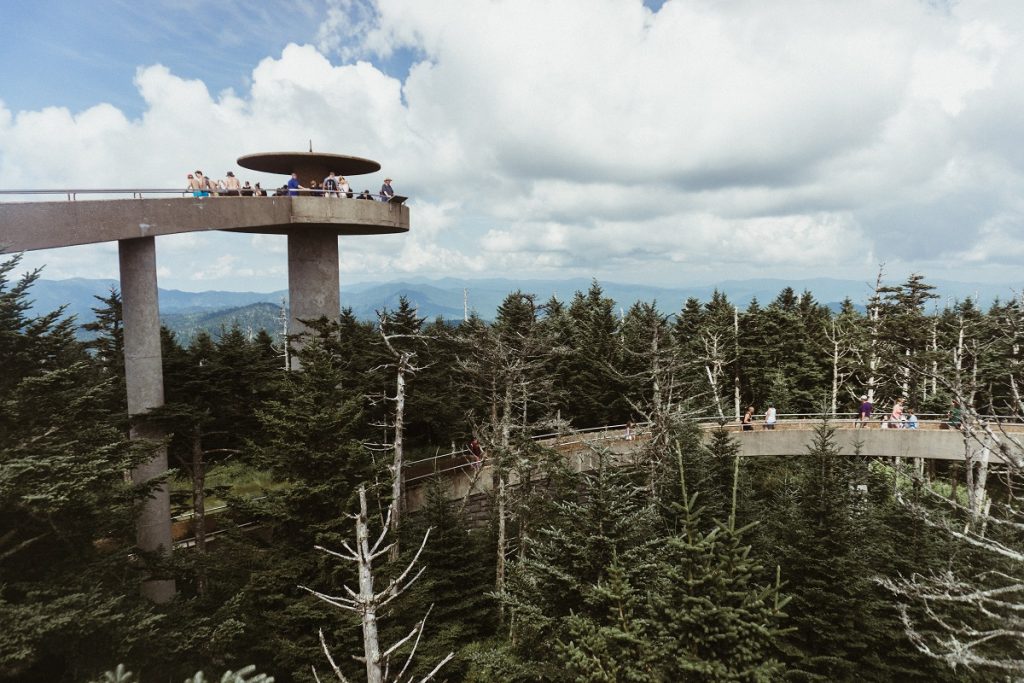
About the park
With 11 million annual visitors, Great Smoky Mountains National Park is the most visited park in the country. It also boasts the most biodiversity with more than 19,000 species inside the park, including commonly spotted black bears, turkeys, and elk. During the spring, you’ll find an explosion of wildflowers, from trout lilies to wild geraniums to orchids.
There are more than 800 miles of hiking trails (including 71 miles along the Appalachian Trail), but many visitors drive the Cades Cove Loop and Roaring Forks Motor Nature Trail, for ease in accessing supremely scenic views.
For perhaps the most scenic view of all, climb to the top of Clingmans Dome, where a spaceship-like observation tower sits on the 6,643-foot peak. The smoky fog actually comes from a gas emitted by the land’s vegetation and is called isoprene. Isoprene interacts with other air molecules and creates the look of blue smoke.
7. Hot Springs National Park
Location: Garland County, Arkansas
Highlights:
- Ancient thermal springs with cultural significance
- Oldest area in the U.S. National Park system, established in 1832
- Part of the park is located in the downtown city of the Hot Springs
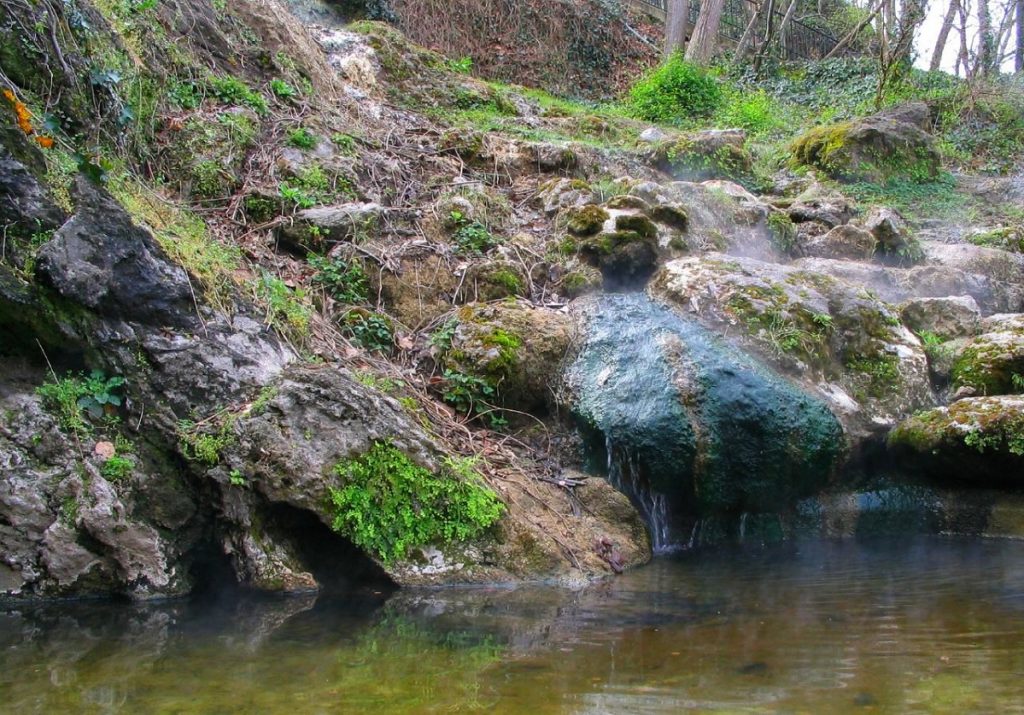
About the park
Previously called the “Valley of the Vapors” by indigenous peoples who used the land for its healing properties, this unique park is home to three thermal pools where visitors can experience 143°F water.
The park’s main area is located downtown Hot Springs, but there are also 26 miles of hiking trails nearby. In town, Bathhouse Row is home to eight historic bathhouses built in the late 1900s, two of which still operate.
8. Isle Royale National Park
Location: An Island on Lake Superior
Highlights:
- Only accessible by boat or plane
- Beautiful beginner-friendly multi-day hike
- Ten major shipwrecks to explore for experienced scuba divers
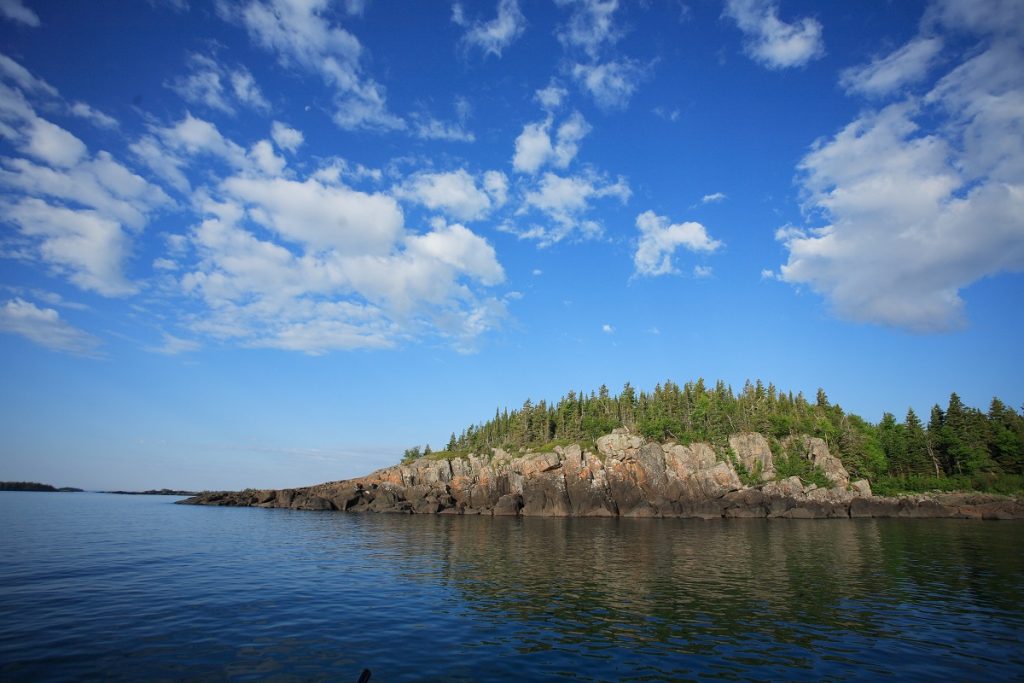
About the park
Only accessible by boat or plane, fewer visitors means peacefully wandering through the park’s secluded beauty. It’s estimated that Isle Royale’s annual visitors equates to Yellowstone daily visitors. However, getting to Isle Royale National Park isn’t convenient, and the most common access is a five-hour boat ride from Michigan’s Upper Peninsula.
There are plenty of sightseeing tours offered nearby, some of which dock on isolated islands for ranger-led hikes. A popular multi-day hike called Greenstone Ridge Trail runs about 45 miles from Lake Superior to an overlook named Lookout Louise, and generally takes three to five days to complete. Tour one of the three lighthouses, keep your eyes peeled for moose, and float along one of the many canoe routes on the eastern half of the island, perhaps venturing off to a few of the 400 satellite islands included in the park.
If scuba diving is your passion, Lake Superior’s cold temperatures have kept many sunken shipwrecks intact, making these underwater vessels ideal for exploration and underwater photography. Read our Insider’s Guide to Isle Royale National Park here.
9. Mammoth Caves National Park
Location: West-central Kentucky
Highlights:
- Largest-known cave system in the world
- Tours offer insight to rich underground history
- Access to caves by kayak or canoe
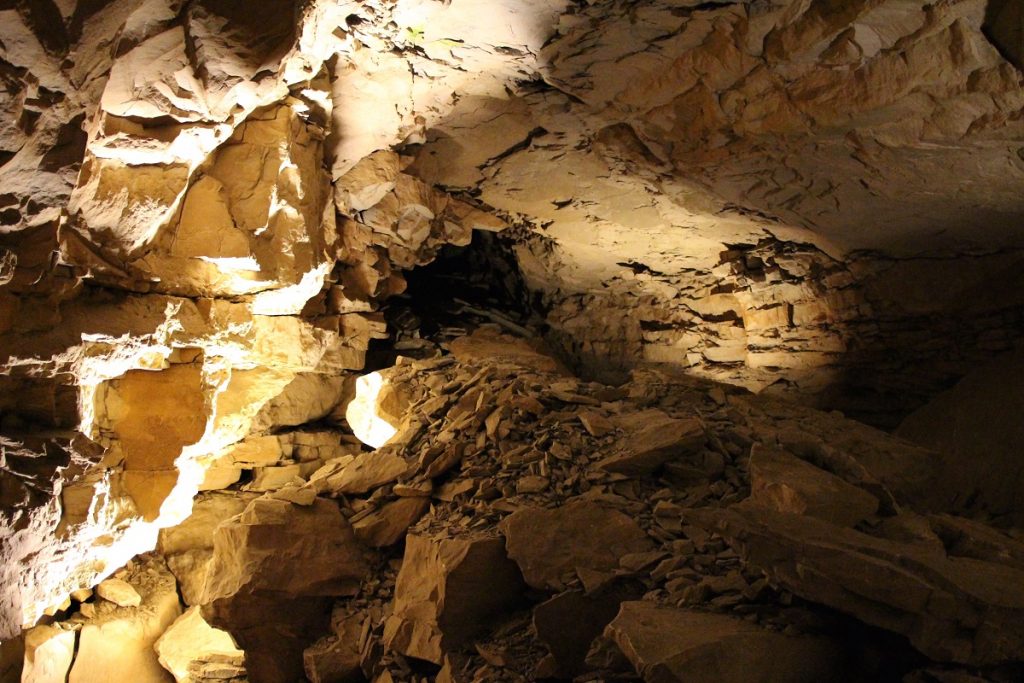
About the park
At 415 miles of explored terrain, this underground World Heritage Site is the largest cave in the entire world. Thousands of years ago, Native Americans ventured into the cave to collect minerals, such as gypsum, selenite, and epsomite, leaving behind artifacts like torches, shoes, bowls, and petroglyphs that are now on display in the free visitor center.
Take one of the many cave tours offered, which vary in length and topic concentration. Above ground, you’ll find campgrounds, kayaking, horseback riding, and more than 80-miles of hiking and biking.
10. Shenandoah National Park
Location: A section of the Blue Ridge Mountains in Virginia
Highlights:
- 105-mile Skyline Drive takes you from top to bottom
- Densest population of black bears in the U.S.
- Luray Caverns, the largest caverns on the East Coast, within a short distance

About the park
Running along the ridgeline of the Blue Ridge Mountains, Shenandoah National Park is very long and narrow. Cruise 105 miles along Skyline Drive, and stop at more than 75 overlooks with options for short trails or lengthy but memorable hikes.
The local favorite is the 9.4-mile round-trip Old Rag trail. Visitors scramble up boulders to reach the very top for panoramic views of the park’s 196,000 acres. Shorter trails like Whiteoak Canyon Trail and Dark Hollow Falls offer picturesque views and even a few swimming holes along the way.
Travel Safely in Style
The National Park System encompasses 423 sites across the United States and its territories, covering more than 84 million acres. When you venture into the wild, always pack a first aid kit, food that fuels you, and clothes that make you feel your best. Shop some of our top-reviewed collections below.
Featured Image: Sunset in the Shenandoah by lorimcm.


